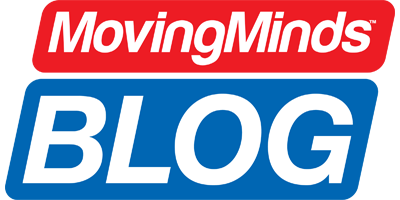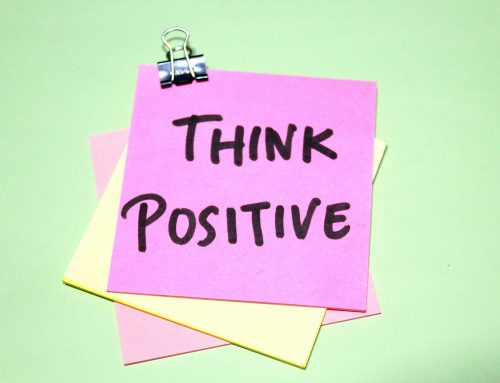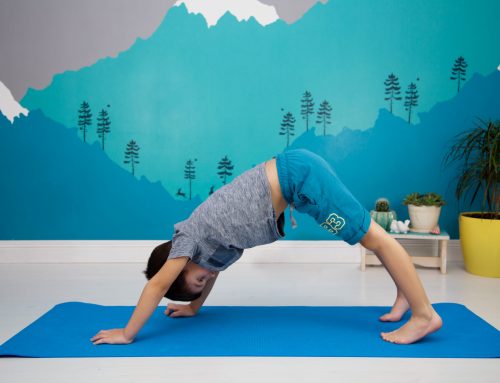Hopefully you’re in the groove of the school year and have experienced success implementing physical activity breaks for your students. If not, now’s a great time to begin!
It’s also a good time to focus on the mental health of our students. One way to address this is through different movement or activity breaks that incorporate aspects of social-emotional learning.
When the time comes for an activity break, make note how student behavior or engagement changes in order to decide what type of break to offer. They may need to wake up, or they may need an activity to help them focus or slow down.
The 5 Social-Emotional Learning Areas
The social-emotional areas that you can address include self-awareness, self-management, social awareness, responsible decision-making, and relationship skills.
Self-awareness is the ability to understand one’s own emotions and thoughts and how they influence behavior, while self-management is the ability to manage one’s emotions and thoughts.
Self-management is the ability to manage one’s emotions, thoughts, and behaviors effectively in different situations and to achieve goals and aspirations.
Social awareness is the ability to understand perspectives of others and empathize with them.
Responsible decision-making is making caring and helpful choices about personal behavior.
Relationship skills are the abilities to establish healthy and supportive relationships with others. You can hone in on any specific area(s) by simply pointing them out during the activity so students will focus on it.
Social-Emotional Learning Activity Breaks
Color Hunt

Let’s say you want to try the Color Hunt activity. For this activity, the teacher names a color, a number and a body part. If the instruction is, “yellow, three, elbow,” students would touch three different yellow objects in the room with their elbow and then return to their space marching in place (to show the teacher they are ready).
If your focus is on self-awareness, you might emphasize how being active makes them feel during this time, or how they can show honesty with their selections before returning to their space.
To focus on relationship skills, you could highlight how it is important to be a good classmate by allowing others to go before you or resist negative social pressure by finding different objects in the room than those only selected by their friends.
Use this print and cut PDF for an easy to implement this activity.
- Print the PDF
- Cut out the colors, body parts, and numbers
- Put each category in a separate bowl/cup/etc., and draw one of each category
- Add more engagement by having students draw for each category!
Mingle
Another Social-emotion learning activity break is Mingle. For this break, students walk around the room. When you say, “Mingle,” they stop and talk to the person nearest to them until you say, “Walk.”
You can direct their conversation to talk about specific topics or content as well.
If you want to focus on social emotional learning, specifically self-management, you can guide students to show courage to take initiative with the conversation by offering ideas in their discussion.
To work on social awareness, students can be encouraged to take on other people’s perspectives in the conversation and/or express gratitude for the other person engaging with them and being their partner.
In essence, most activity breaks you select can be tweaked to address social emotional learning. It all depends on the emphasis placed on the concepts.
Heather is a Professor in the Department of Kinesiology and Health Promotion at the University of Kentucky. She is a former physical education teacher, and co-author of Dynamic Physical Education for Secondary School Children, 8ed. Heather was also the recipient of the NASPE Curriculum and Instruction Young Scholar Award and a AAHPERD Research Consortium Fellow.






Leave A Comment